
1. Strong Hero Images with Subtle Text
The contrast and yin and yang influence of strong and subtle elements in this trend results in a fantastic visual. These website designs which feature strong hero images (or video) with subtle typography draw the eye and create immediate intrigue. Strong imagery pulls you in and the key to text elements that work is placed in a location that moves the eye through the image around the screen. Each of these examples uses this trend in a different way, but each is engaging and makes you want to jump into the scene. Most of the “readable” information from the design comes from the image or visual presentation. The text serves as a secondary informational element. It’s quite a shift from many of the oversized typography and hero treatments that have dominated website design for the last few years. The simplicity is fabulous. Makena Golf Club uses a video reel of the location to make you want to go there. The text element in the bottom corner never changes, and sticks with you as you look at the images. TEDx TughlaqRd uses a striking black and white image to draw the eye with smaller text elements that explain what you are seeing. You might even go back to the image and recognize the iconic “x” after reading the words.
TEDx TughlaqRd uses a striking black and white image to draw the eye with smaller text elements that explain what you are seeing. You might even go back to the image and recognize the iconic “x” after reading the words.
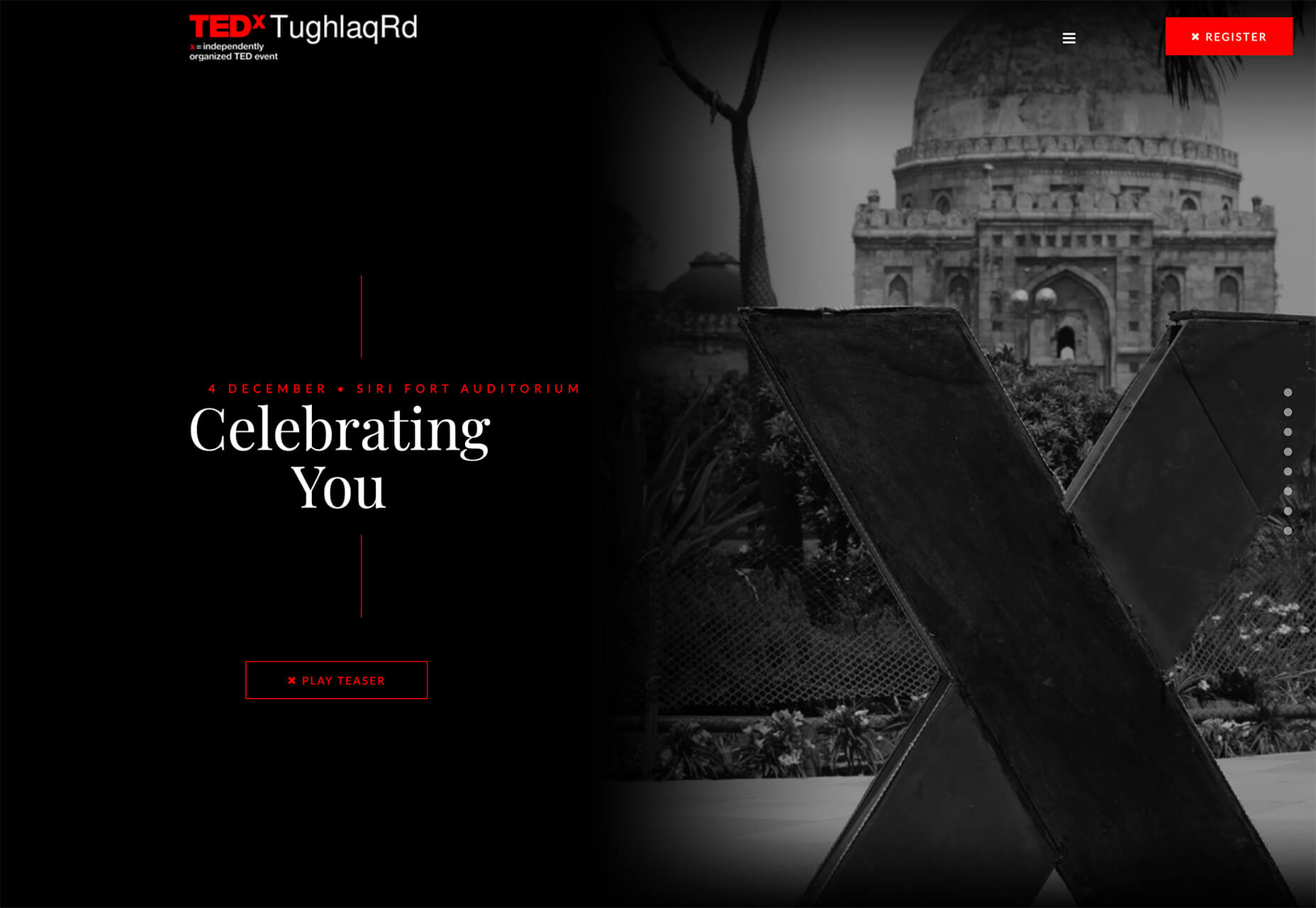 Under Lucky Stars might be the simplest example of the trend but it gives you everything you need. The slider shows a cityscape with and without light pollution. The small text element serves as an identifier.
Under Lucky Stars might be the simplest example of the trend but it gives you everything you need. The slider shows a cityscape with and without light pollution. The small text element serves as an identifier.

2. Modern Serifs
Modern serif typography can be identified by the use of alternative thick and thin strokes in each letterform. The typography style has been popular with printed works for decades, such as newspapers and books, but is emerging as a lovely website type option. Modern serif first emerged in the late 18th century and while many have extreme variances in thick and thin strokes, that is not always the case. When used for website projects, this contrast is often less pronounced. This typography trend is likely emerging now because screen resolutions are high-quality enough to support it. Pixilation, backlighting, and small sizes can make modern serifs somewhat challenging to read on screens. But more of these concerns have vanished. If you aren’t sure where to start with serif fonts, Typewolf has a nice collection of popular options and where to find them. The Top 10 trending list is updated regularly. Modern serifs can inject a lot of personality into a project and are almost an art element of their own. Notice how each of the examples below use typography as the dominant element on the screen. Altermind features a strong modern serif for center branding and identification with a subtle but interesting background. The white text on a dark backdrop is classic and encourages readability.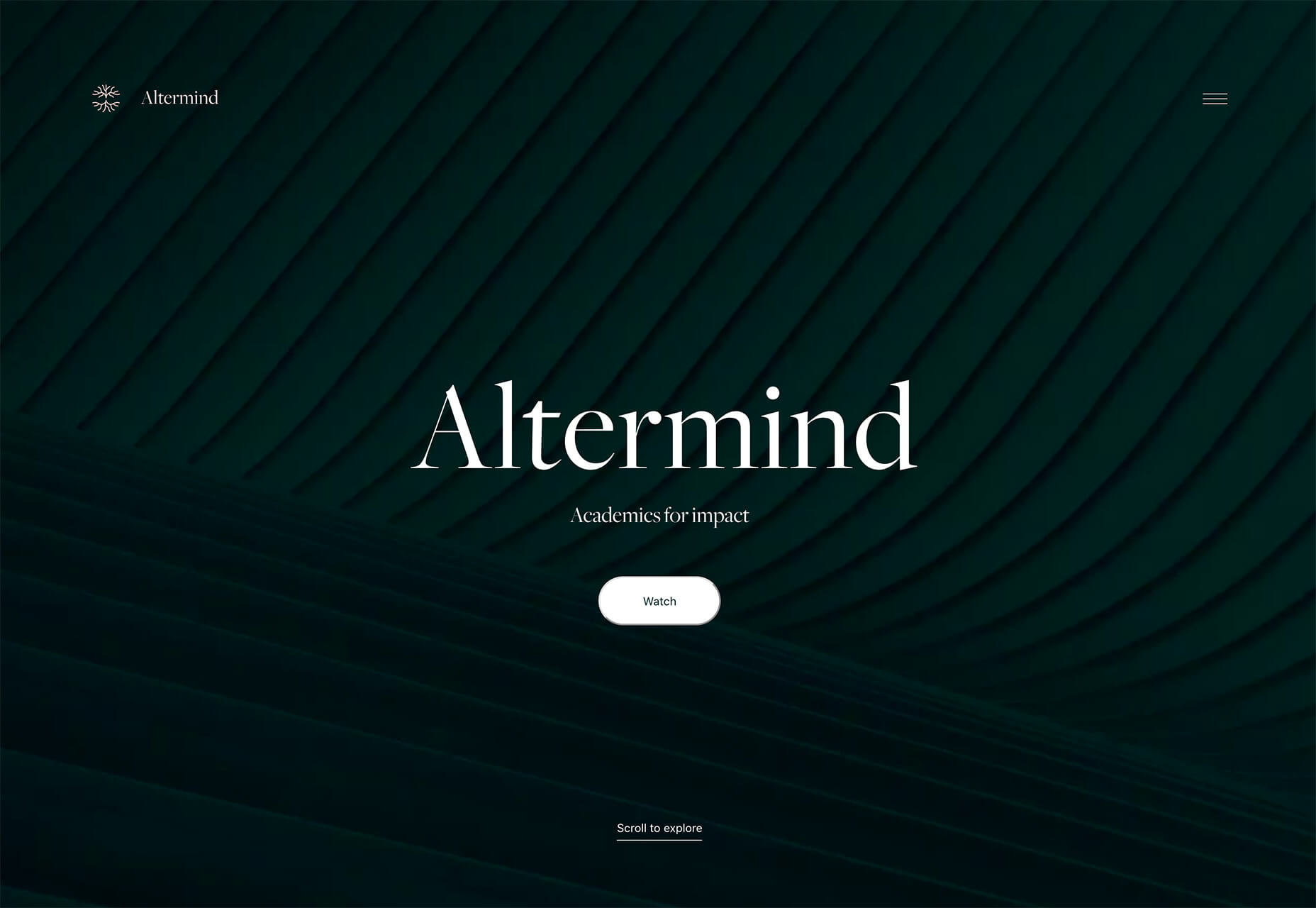 Widr Pay mixes a modern serif with an uber-trendy bright background for a super modern (and maybe a little bit retro) style. The contrast brings attention to the stacked text element.
Widr Pay mixes a modern serif with an uber-trendy bright background for a super modern (and maybe a little bit retro) style. The contrast brings attention to the stacked text element.
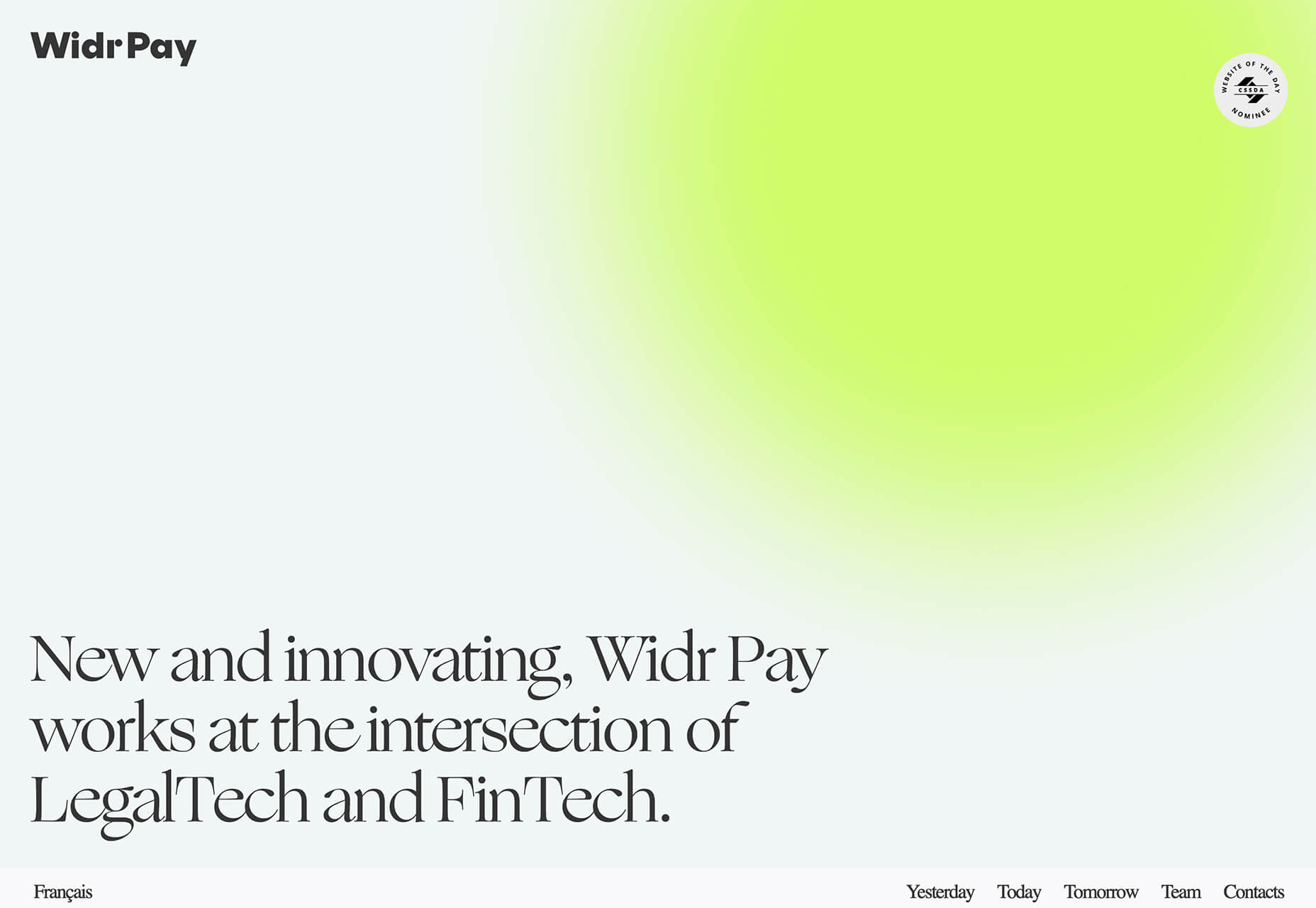 Thomas Bosc uses a text overlay on an image – admittedly somewhat challenging in terms of readability – to draw users into his portfolio. The animated hover trick is worth a click-through. (His face pulls to the front of the text.)
Thomas Bosc uses a text overlay on an image – admittedly somewhat challenging in terms of readability – to draw users into his portfolio. The animated hover trick is worth a click-through. (His face pulls to the front of the text.)
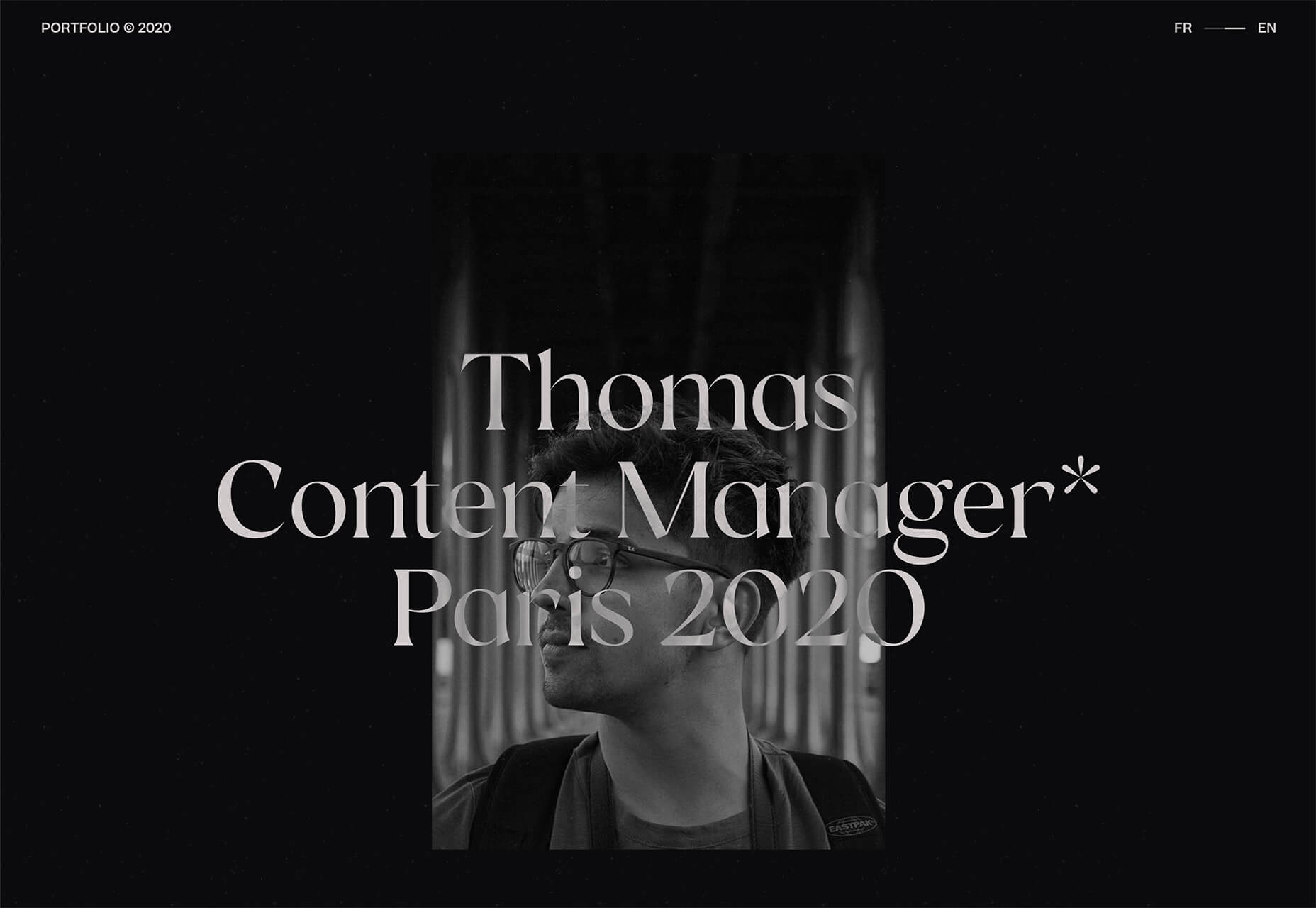
3. Brutalism Influences
Brutalism is one of those website design trends that seems to make an appearance then fade away again. These designs can be harsh and intimidating. You need just the right content to make it work. The examples below show that using brutalism influences can be a workable middle ground, or help create a less garish aesthetic that is a little more user-friendly. The influences here include boxy, sharp typography styles as well as monospaced fonts; visible pixels and sharp edges; dark color schemes; and almost glitchy animation. Whether you are a fan of brutalism or not, you can appreciate the elements in these projects. WeThem.Us uses a video real that has an 80s gamification and movie theme. Everything is sharp and low-res, with no real type elements other than the main navigation until the end credit screen. What this example shows is the emotional/generational connection that this style can convey.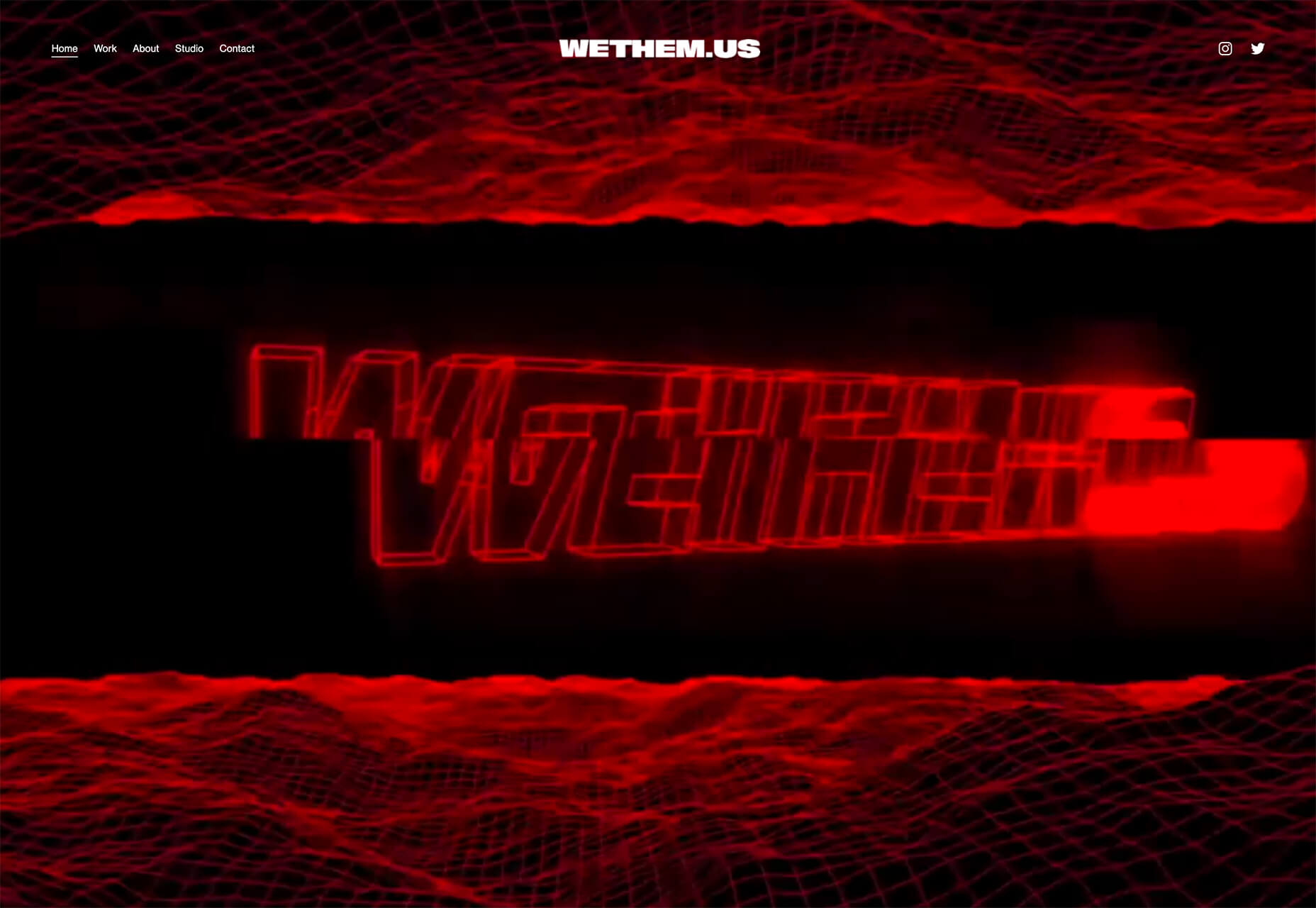 Republish is interesting because the typefaces on the screen aren’t really brutalist, but the display and organization of information is. This is a neat way to use concepts of brutalism without overwhelming users with this design theme.
Republish is interesting because the typefaces on the screen aren’t really brutalist, but the display and organization of information is. This is a neat way to use concepts of brutalism without overwhelming users with this design theme.
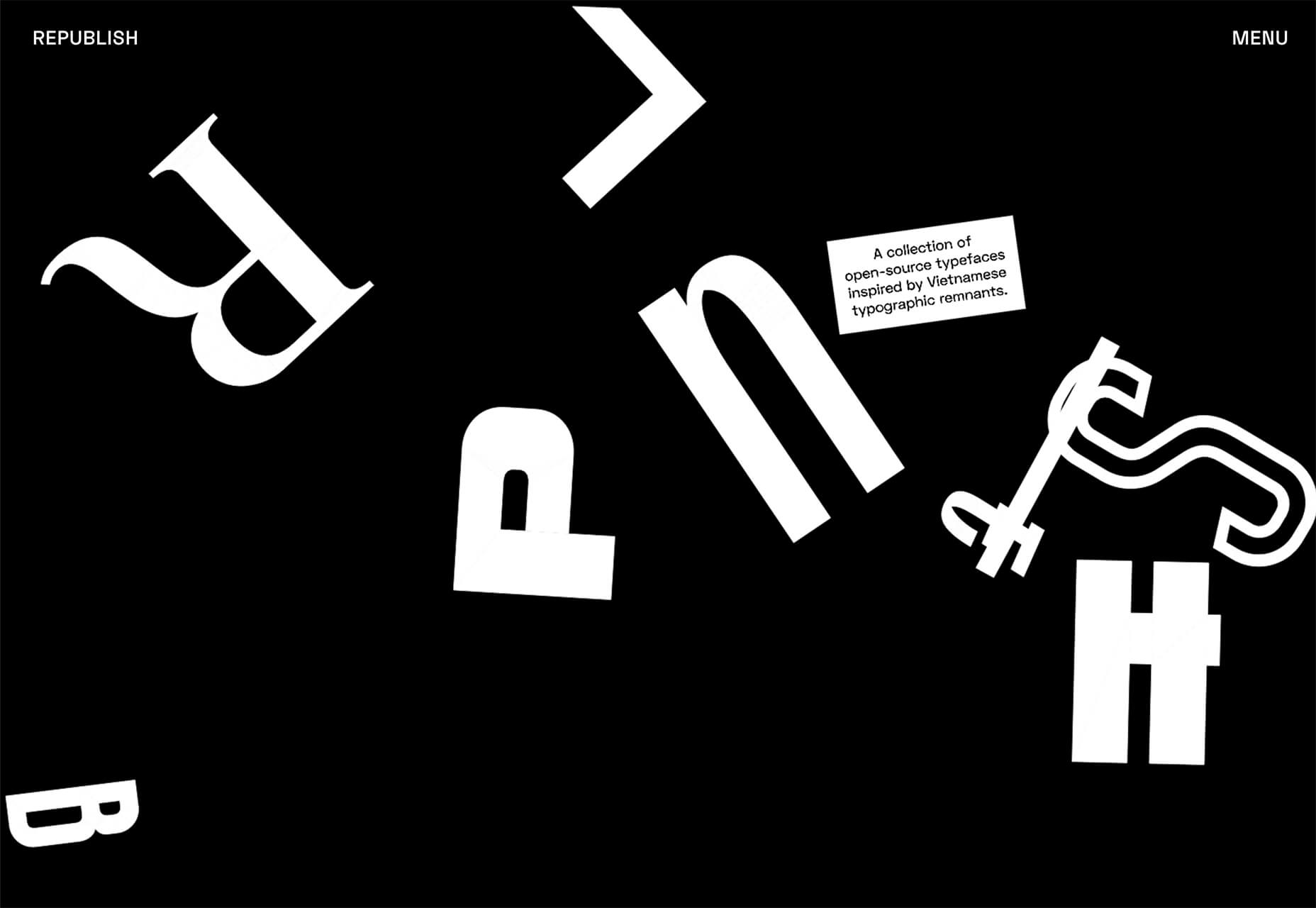 Uroboros Design-Art Festival is the most brutal of the examples, but there are hints of modernism in the crisp, round center animation. It’s not fully brutalist, but close. The information below the scroll carries the monospaced font, but a mostly black and white aesthetic is clean and sharp, much less jarring than the hero area on the home page.
Uroboros Design-Art Festival is the most brutal of the examples, but there are hints of modernism in the crisp, round center animation. It’s not fully brutalist, but close. The information below the scroll carries the monospaced font, but a mostly black and white aesthetic is clean and sharp, much less jarring than the hero area on the home page.
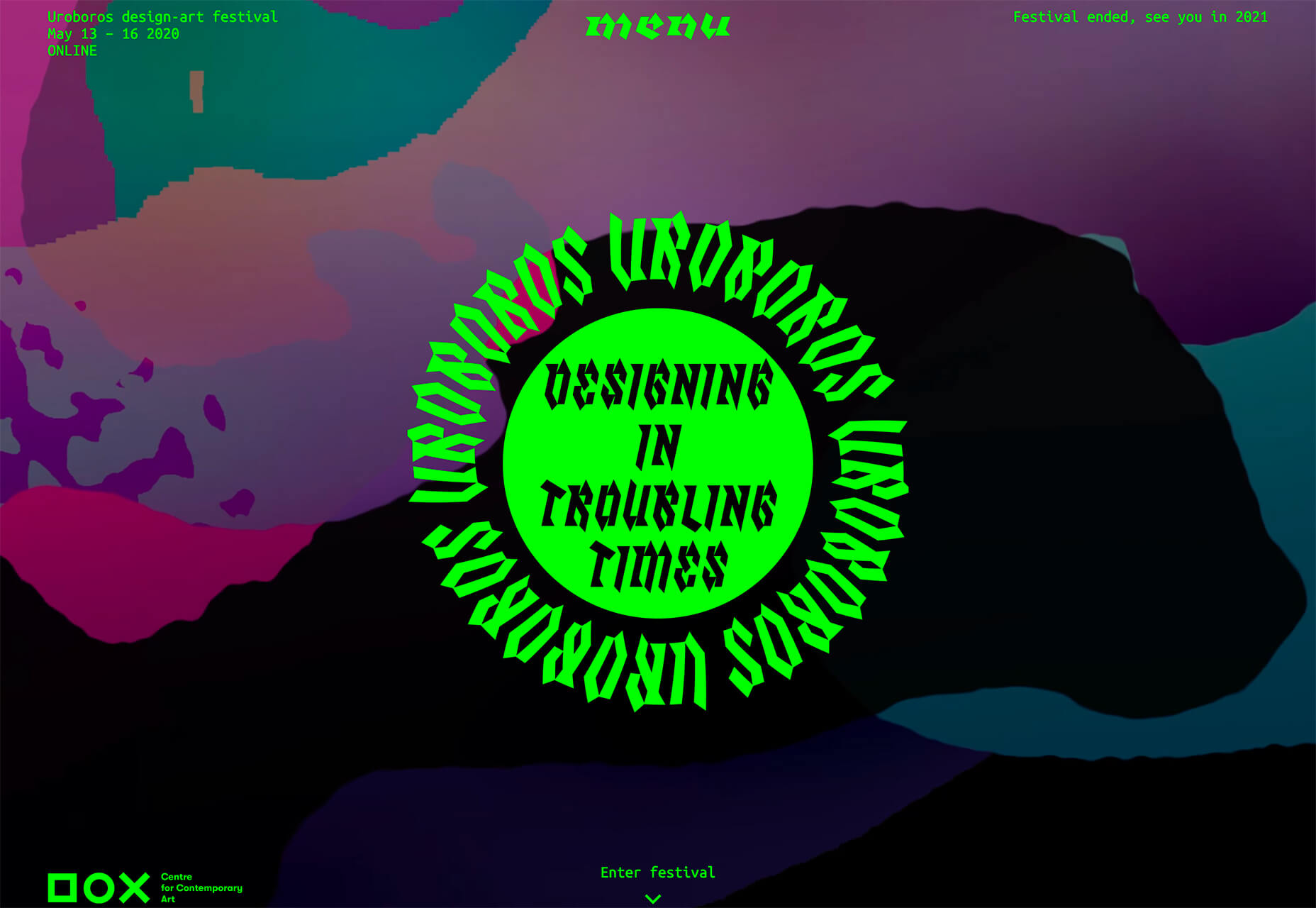
Conclusion
One of the most fun things to look at when studying website design trends is how many elements overlap. Note the modern serif used with the strong hero/subtle text trend. Note how some of the text elements in the modern serif trend aren’t as oversized and bold as we have seen most recently. Design trends such as these are nice because they are versatile and usable. While we aren’t seeing a lot of sweeping change right now, these tweaks are inspiring and interesting.Carrie Cousins
Carrie Cousins is a freelance writer with more than 10 years of experience in the communications industry, including writing for print and online publications, and design and editing. You can connect with Carrie on Twitter @carriecousins.
Read Next
15 Best New Fonts, July 2024
Welcome to our monthly roundup of the best fonts we’ve found online in the last four weeks. This month, there are fewer…
By Ben Moss
20 Best New Websites, July 2024
Welcome to July’s round up of websites to inspire you. This month’s collection ranges from the most stripped-back…
Top 7 WordPress Plugins for 2024: Enhance Your Site's Performance
WordPress is a hands-down favorite of website designers and developers. Renowned for its flexibility and ease of use,…
By WDD Staff
Exciting New Tools for Designers, July 2024
Welcome to this July’s collection of tools, gathered from around the web over the past month. We hope you’ll find…
3 Essential Design Trends, July 2024
Add some summer sizzle to your design projects with trendy website elements. Learn what's trending and how to use these…
15 Best New Fonts, June 2024
Welcome to our roundup of the best new fonts we’ve found online in the last month. This month, there are notably fewer…
By Ben Moss
20 Best New Websites, June 2024
Arranging content in an easily accessible way is the backbone of any user-friendly website. A good website will present…
Exciting New Tools for Designers, June 2024
In this month’s roundup of the best tools for web designers and developers, we’ll explore a range of new and noteworthy…
3 Essential Design Trends, June 2024
Summer is off to a fun start with some highly dramatic website design trends showing up in projects. Let's dive in!
15 Best New Fonts, May 2024
In this month’s edition, there are lots of historically-inspired typefaces, more of the growing trend for French…
By Ben Moss
How to Reduce The Carbon Footprint of Your Website
On average, a web page produces 4.61 grams of CO2 for every page view; for whole sites, that amounts to hundreds of KG…
By Simon Sterne
20 Best New Websites, May 2024
Welcome to May’s compilation of the best sites on the web. This month we’re focused on color for younger humans,…














